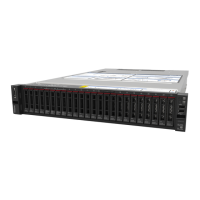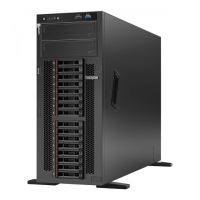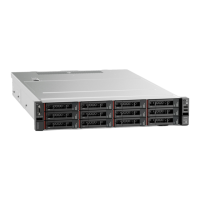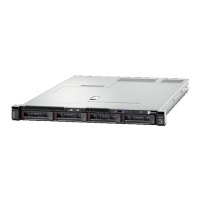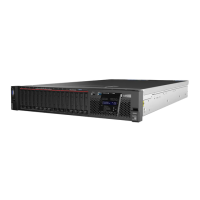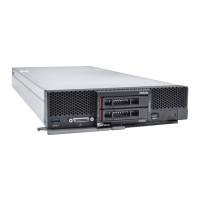4.
Identify the device types in your new system installation so that you know which components to
verify by entering the following command:
sldiag device types
Your storage system displays some or all of the following devices:
◦
ata is an Advanced Technology Attachment device.
◦
bootmedia is the system booting device.
◦
cna is a Converged Network Adapter not connected to a network or storage device.
◦
env is motherboard environments.
◦
fcache is the Flash Cache adapter, also known as the Performance Acceleration Module 2.
◦
fcal is a Fibre Channel-Arbitrated Loop device not connected to a storage device or Fibre
Channel network.
◦
fcvi is the Fiber Channel Virtual Interface not connected to a Fibre Channel network.
◦
interconnect or nvram-ib is the high-availability interface.
◦
mem is system memory.
◦
nic is a Network Interface Card not connected to a network.
◦
nvram is nonvolatile RAM.
◦
nvmem is a hybrid of NVRAM and system memory.
◦
sas is a Serial Attached SCSI device not connected to a disk shelf.
◦
serviceproc is the Service Processor.
◦
storage is an ATA, FC-AL, or SAS interface that has an attached disk shelf.
◦
toe is a TCP Offload Engine, a type of NIC.
5.
Run all the default selected diagnostic tests on your storage system by entering the following
command:
sldiag device run
6.
View the status of the test by entering the following command:
sldiag device status
Your storage system provides the following output while the tests are still running:
There are still test(s) being processed.
After all the tests are complete, the following response appears by default:
*> <SLDIAG:_ALL_TESTS_COMPLETED>
7.
Verify that there are no hardware problems on your new storage system by entering the
following command:
sldiag device status -long -state failed
The following example shows how the full status of the failures is displayed in a test run without
105

